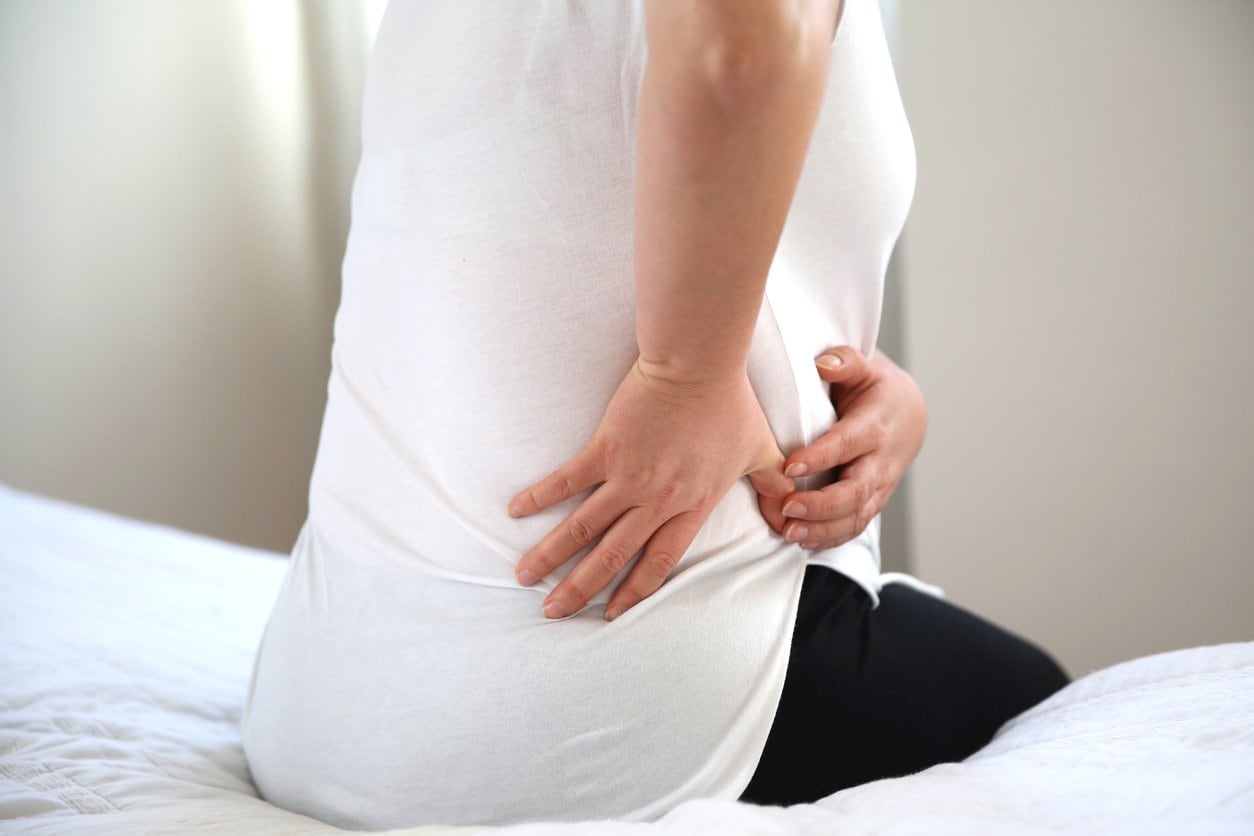Summer of Stones

Calcium oxalate, struvite, cysteine - while they sound pretty, theses stones are anything but. They aren't the stones you wear in a beautiful gold setting, or the ones you skip across the water during the warm summer nights. These stones are ones that can cause you to double over in pain and have been donned by some as being "as painful as childbirth". If you haven't guessed it yet, we are talking about kidney stones.
What are kidney stones?
Kidney stones can affect your urinary tract system, anywhere from your kidneys to your bladder. "There are many causes for these stones,
Prevention
Prevention is your best bet against kidney stones. There are four key dietary prevention measures to help reduce your risk.
- Drink enough fluids. Aim to have at least 2.5 liters of water a day.
- Reduce salt in your diet. Salt increase the amount of calcium in your urine and can lead to stones.
- Certain foods can increase your risk of stones. This includes too much protein from red meat, poultry, eggs and fish. Other foods such as chocolate, tea, beets, and nuts can also increase your risk.
- Eat enough calcium, a low calcium diet increase your risk of stones by 50 percent.
some being related to family history, diet, infection, medical history, or digestive diseases," explains Andrew James Tompkins, MD, Urologist at Sturdy Urology Associates, and faculty at Brown University Alpert School of Medicine. "Typically, they form when your urine becomes too concentrated and crystallizes. During the summer, we see an uptick in the number of individuals with stones, namely due to dehydration."
"If you have a kidney stone, you may not know it until it begins to move from your kidney to your ureter, the tube that connects your kidney to your bladder," shares Tompkins. "At this point, you may begin to develop symptoms including severe pain below your ribs in your side and back; pain that radiates from your belly to your groin; pain during urination; pink, red, or brown urine, nausea and vomiting; constant need to urinate; urinating only a small amount. If you have an infection, you may have a fever. These symptoms should prompt an immediate call to your doctor."
Treatment
Treatment for kidney stones will depend on the size and location of the stone(s). "For small stones we recommend a regimen of water and pain relievers such as acetaminophen or ibuprofen to do the trick," explains Tompkins."In some cases we will prescribe an alpha blocker that can help to relax the ureter making passing the stone a bit easier."
If your stone is located in your kidney, options include include observation, extracorporeal shockwave lithotripsy (ESWL), ureteroscopy with laser lithotripsy and percutaneous nephrolithotomy (PCNL). ESWL is an outpatient procedure that uses focused shockwaves to break large kidney stones into smaller pieces that are easier to pass. Ureteroscopy with laser lithotripsy is an outpatient procedure that can treat stones anywhere within the urinary tract by using a camera along with a laser. The laser breaks down the stone into dust sized particles which are then collected and removed so you do not have to pass them. PCNL is a procedure to treat larger stones in the kidney by surgically removing the stone through a small incision in your back. This procedure typically requires an overnight hospitalization and has success rates of 95-100 percent.
Once you've had your first kidney stone, you have a 50 percent chance of having another stone within 5 years. Anyone with a history of stones should be seen by an urologist to evaluate individual risk factors for recurrent stone formation. Your urologist will review your prior imaging studies, get a dietary and medical history, and conduct simple blood and urine analysis."It is our goal to provide an individualized risk reduction strategy for each patient, decreasing risk of recurrent stones by 60-80 percent," explains Tompkins.
Sturdy Urology Associates is currently accepting new patients, call 774-643-1790 today to schedule an appointment